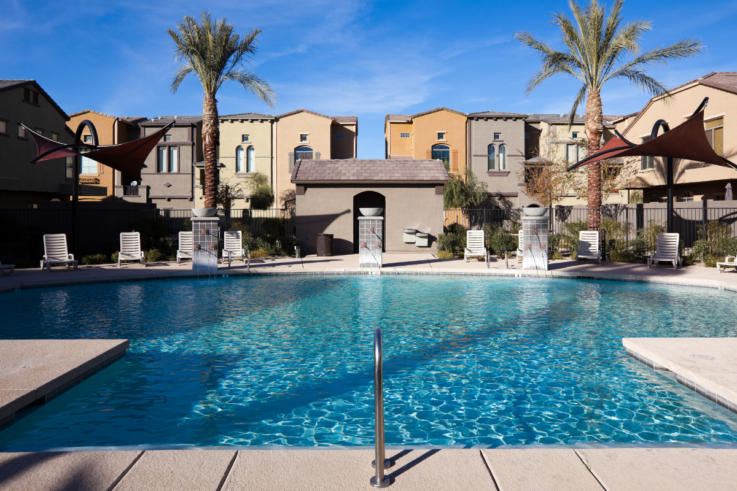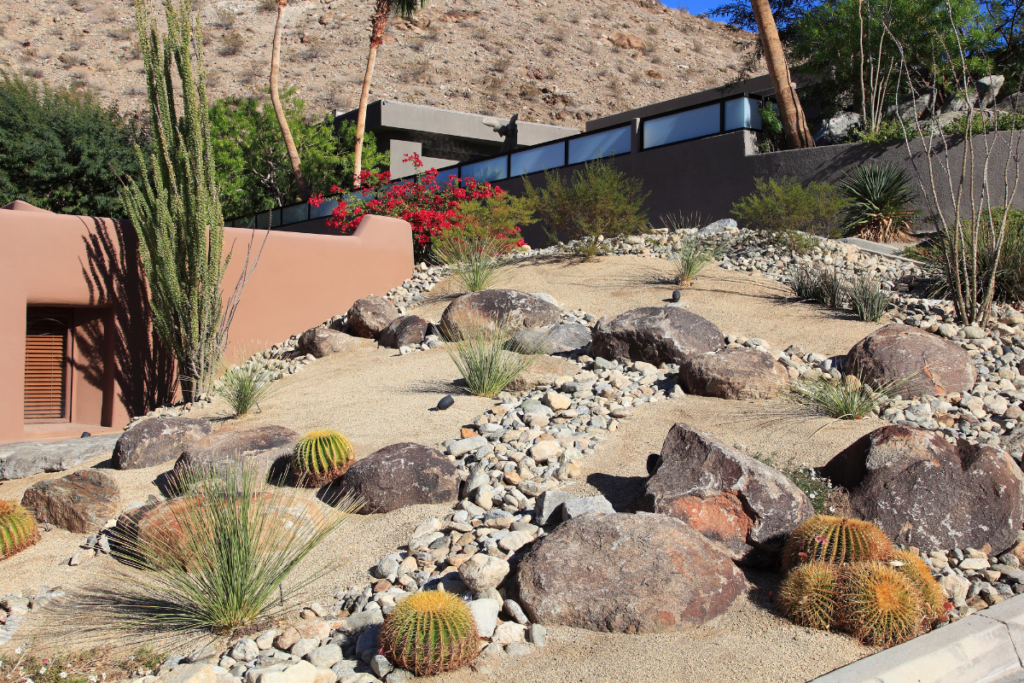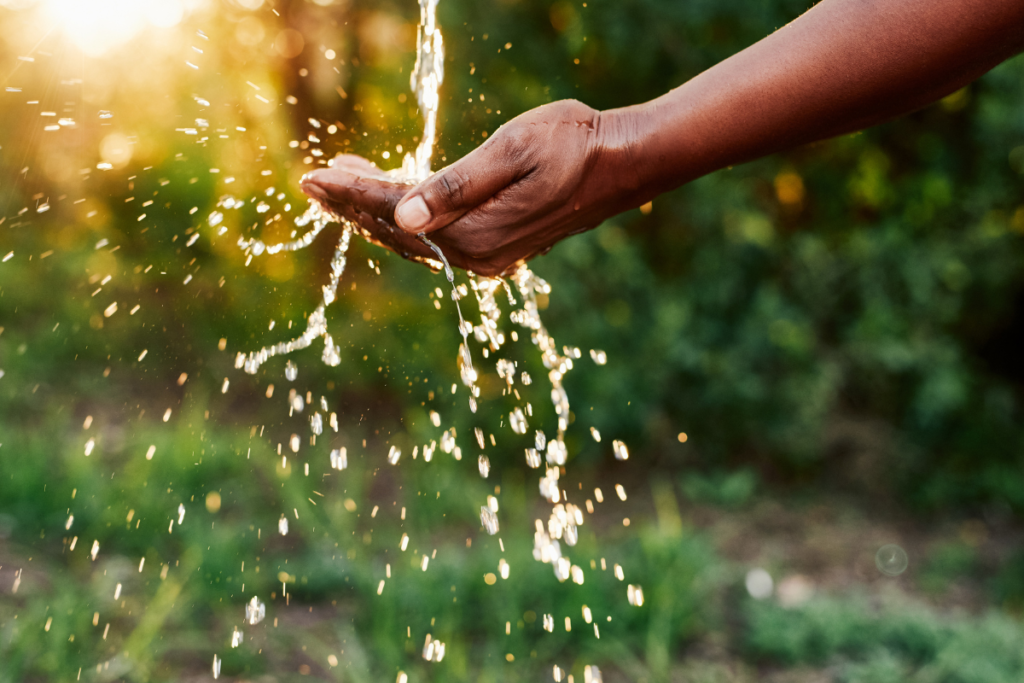
How did people survive in Phoenix before AC?
Phoenix, Arizona, is known for its scorching temperatures, with summer days often exceeding 100 degrees Fahrenheit. However, before the advent of air conditioning, people in the Valley of the Sun had to employ innovative strategies to beat the heat and thrive in this arid desert climate. In this blog, we’ll explore how early Phoenicians managed to survive and even flourish in the searing heat without the luxury of modern AC systems.
1. Architecture and Building Materials
 One of the primary ways people in Phoenix coped with the heat was through the design of their homes and buildings. Traditional Southwestern architecture featured thick adobe walls that helped regulate indoor temperatures. These thick walls absorbed heat during the day and released it slowly at night, keeping interiors cooler. Additionally, flat roofs provided shade and allowed for rooftop gardens that helped reduce heat absorption.
One of the primary ways people in Phoenix coped with the heat was through the design of their homes and buildings. Traditional Southwestern architecture featured thick adobe walls that helped regulate indoor temperatures. These thick walls absorbed heat during the day and released it slowly at night, keeping interiors cooler. Additionally, flat roofs provided shade and allowed for rooftop gardens that helped reduce heat absorption.
2. Passive Cooling Techniques
Before air conditioning, people relied on passive cooling techniques to keep their homes bearable in the summer. Cross-ventilation, achieved by strategically placed windows and doors, allowed for natural breezes to flow through the house, carrying away heat and providing relief. Evening outdoor sleeping areas called “sleeping porches” were common, as nights were cooler than days.
3. Desert Landscaping
Landscaping played a crucial role in temperature regulation. Native plants, like desert shrubs and shade trees, were used to create natural shade and reduce heat around homes. Rock gardens and gravel yards also helped keep outdoor areas cooler than grass lawns, which required excessive water and maintenance.
4. Siestas and Altered Schedules
To avoid the extreme heat of the day, many early Phoenicians adopted a siesta schedule, where they rested or napped during the hottest part of the afternoon. Work and outdoor activities were typically done during the cooler morning and evening hours. This practice allowed them to conserve energy and stay productive in the intense Arizona sun.
5. Water Conservation
 Water was a precious resource in the desert, and people had to be mindful of its use. Instead of relying on energy-intensive air conditioning, residents would use evaporative cooling, also known as “swamp coolers.” These devices used water to cool the air, a process that was especially effective in the dry desert climate. Additionally, taking quick, refreshing dips in canals or irrigation ditches provided temporary relief from the heat.
Water was a precious resource in the desert, and people had to be mindful of its use. Instead of relying on energy-intensive air conditioning, residents would use evaporative cooling, also known as “swamp coolers.” These devices used water to cool the air, a process that was especially effective in the dry desert climate. Additionally, taking quick, refreshing dips in canals or irrigation ditches provided temporary relief from the heat.
6. Community Pools and Social Gathering Spots
Community pools and gathering spots were essential for socializing and cooling off during the hot summer months. Many neighborhoods built communal swimming pools, which became central meeting places for residents seeking relief from the heat. These pools were more than just recreational facilities; they were social hubs that helped strengthen community bonds.
Before the widespread use of air conditioning, the people of Phoenix relied on a combination of architectural design, passive cooling techniques, altered schedules, and communal spaces to survive and even thrive in the desert heat. These strategies not only kept them cool but also fostered a strong sense of community and resilience in the face of extreme weather conditions. While modern AC systems have made life more comfortable in the Valley of the Sun, the traditions and strategies of the past still offer valuable insights into sustainable and energy-efficient living in desert environments.



